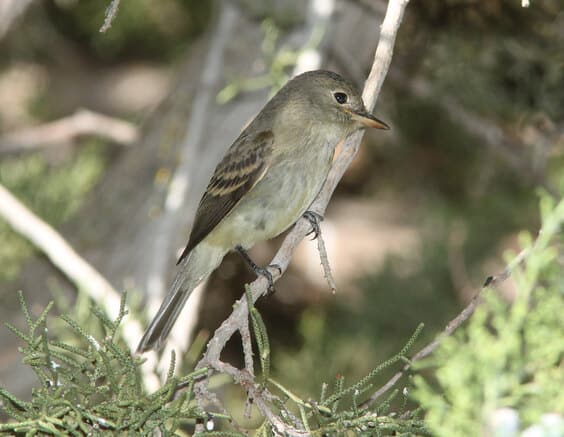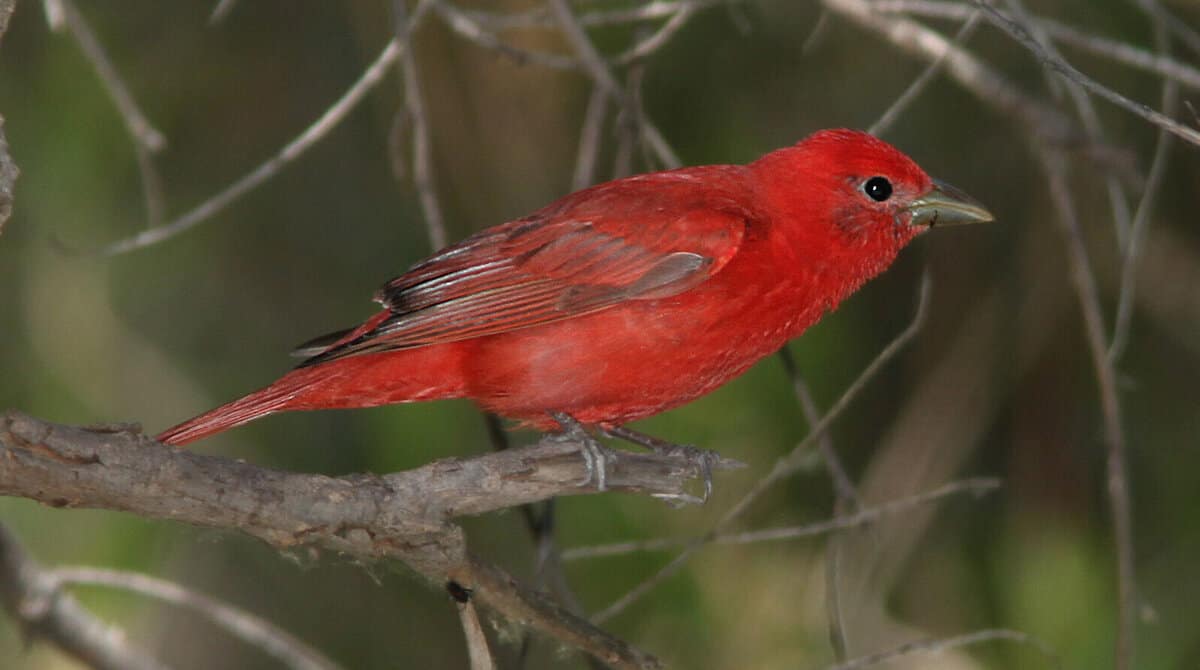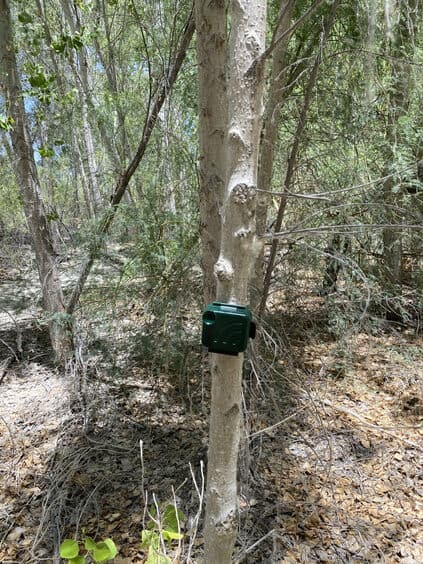By Chris Dodge, Wildlife Biologist, US Bureau of Reclamation
The Lower Colorado River Multi Species Conservation Program (LCR MSCP) is multi-stakeholder Federal and non-Federal partnership created to balance the use of lower Colorado River water resources and the conservation of native species and their habitats. The program works toward the recovery of species currently listed under the Endangered Species Act and reducing the likelihood of additional species listings while accommodating water diversions and power production through implementation of a Habitat Conservation Plan. The program is implemented by the US Bureau of Reclamation on behalf of the partners. The LCR MSCP is tasked with creating and managing habitat for 27 species of fish and wildlife, which includes 12 bird species. Since the program was initiated in 2005, the LCR MSCP has established 18 Conservation Areas and created over 6,600 acres of native cottonwood-willow, mesquite, and marsh habitat. Monitoring is conducted for the bird species to inform management of this habitat.
In 2022, the LCR MSCP began a pilot test of Autonomous Recording Units (ARU) to assess their accuracy and effectiveness in monitoring riparian bird presence on the Colorado River. The program purchased ten AudioMoth units, which are small and inexpensive recording devices that can be placed within habitats to record the natural soundscape.
The program BirdNET was used to identify individual species from those recordings. BirdNET produces 3-second segments of sound recordings and assigns a species and a confidence level value between 0 and 1 for each identification. LCR MSCP biologists listened to these segments and determined if the identification was correct for the following species covered by the program: Yellow Warbler, Bell’s Vireo, Willow Flycatcher, Gila Woodpecker, and Summer Tanager. For each species, every identification was indexed with the confidence level and if the identification could be confirmed as correct.
The initial results showed that performance of the BirdNET program can vary significantly by species. The correct identification rate was high for Yellow Warbler, Willow Flycatcher, Bell’s Vireo, and Summer Tanager, even for identifications with lower confidence levels (0.1 to 0.2). However, most or all BirdNET identifications were incorrect for the Gila Woodpecker and Gilded Flicker. Analysis of data from the ARU may be most effective if analysis is run for each species separately using specific confidence levels for each species. Using identifications above a pre-determined confidence level may not produce accurate results.

The results from the pilot study thus far indicate that using ARUs to monitor birds on the LCR can produce useful results. AudioMoth units will be used to monitor four conservation areas from April to September. The data will be assessed to confirm presence of each species and then an occupancy modeling framework will be used to analyze the occupancy and detection probabilities. Count data cannot be produced, since there is no way to know how many birds were present at any one point when analyzing data from recorded vocalizations. Occupancy modeling is better suited for this monitoring method as it requires only one positive detection per survey period. To ensure that identifications are accurate, LCR MSCP biologists will listen to the audio segments BirdNet assigns to each species to confirm the species detection. They will start with the highest confidence level identifications and move down from there. When a species is confirmed to be present at the ARU survey location during the survey period, the point is considered occupied, and the biologists will move on to the next species or ARU survey point. In most cases this should require very little time to confirm the BirdNET identification.
The use of ARU technology to monitor birds shows great promise and may allow more data to be collected with less effort and cost. Through these efforts, the program will continue to evaluate the effectiveness of automated bird monitoring and improve both the methodology and analysis of the data based on the field results in the coming years.


